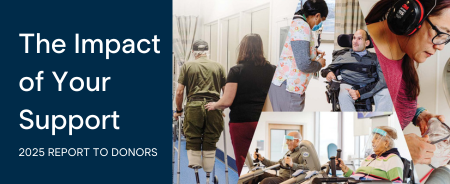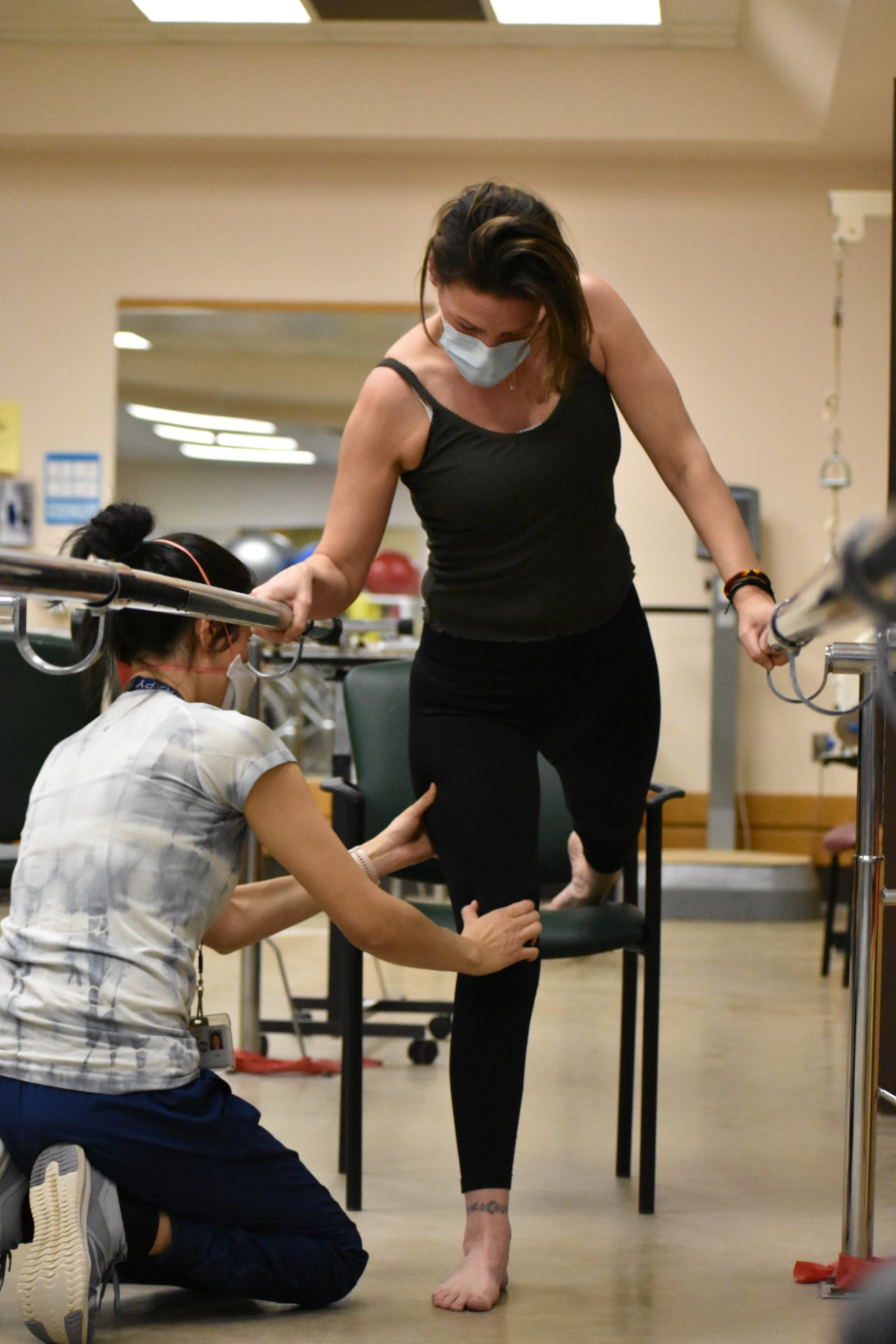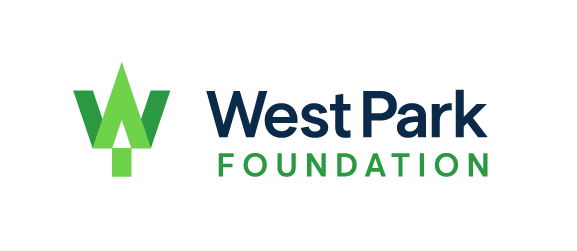
Stroke Recovery
Neurological Rehabilitation at UHN’s West Park Healthcare Centre
West Park Healthcare Centre’s Neurological Service helps people recover and safely return home following stroke, head injury, surgery and other neurological conditions, and has held Accreditation Canada’s Stroke Distinction status since 2016. We offer inpatient and outpatient stroke rehabilitation programs, and are the leading Canadian authority in the treatment of spasticity, a debilitating symptom of stroke and neurological illnesses including cerebral palsy and multiple sclerosis.
Program Leadership:
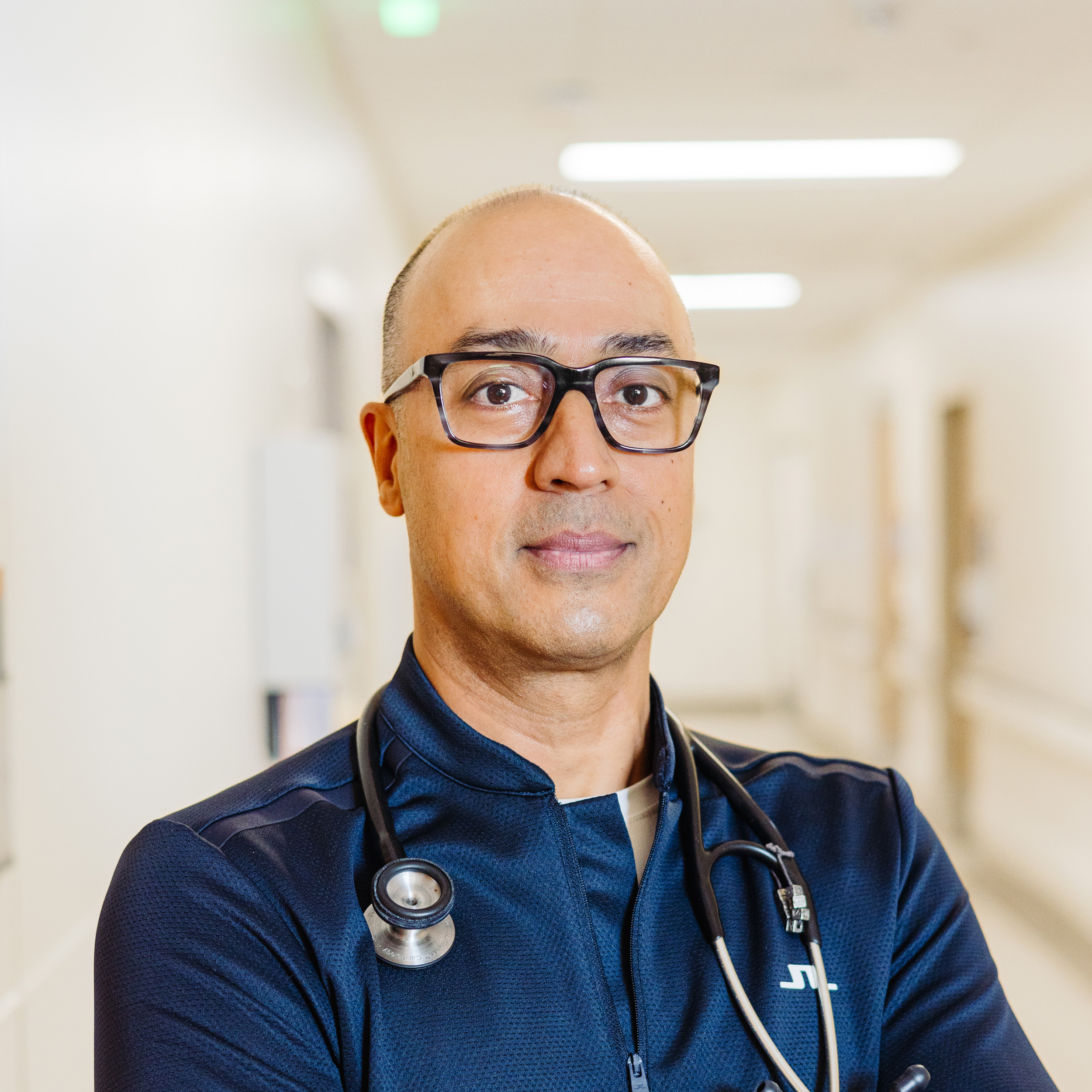
Dr. Farooq Ismail, MD, FRCPC
Physician Lead-Neurorehabilitation
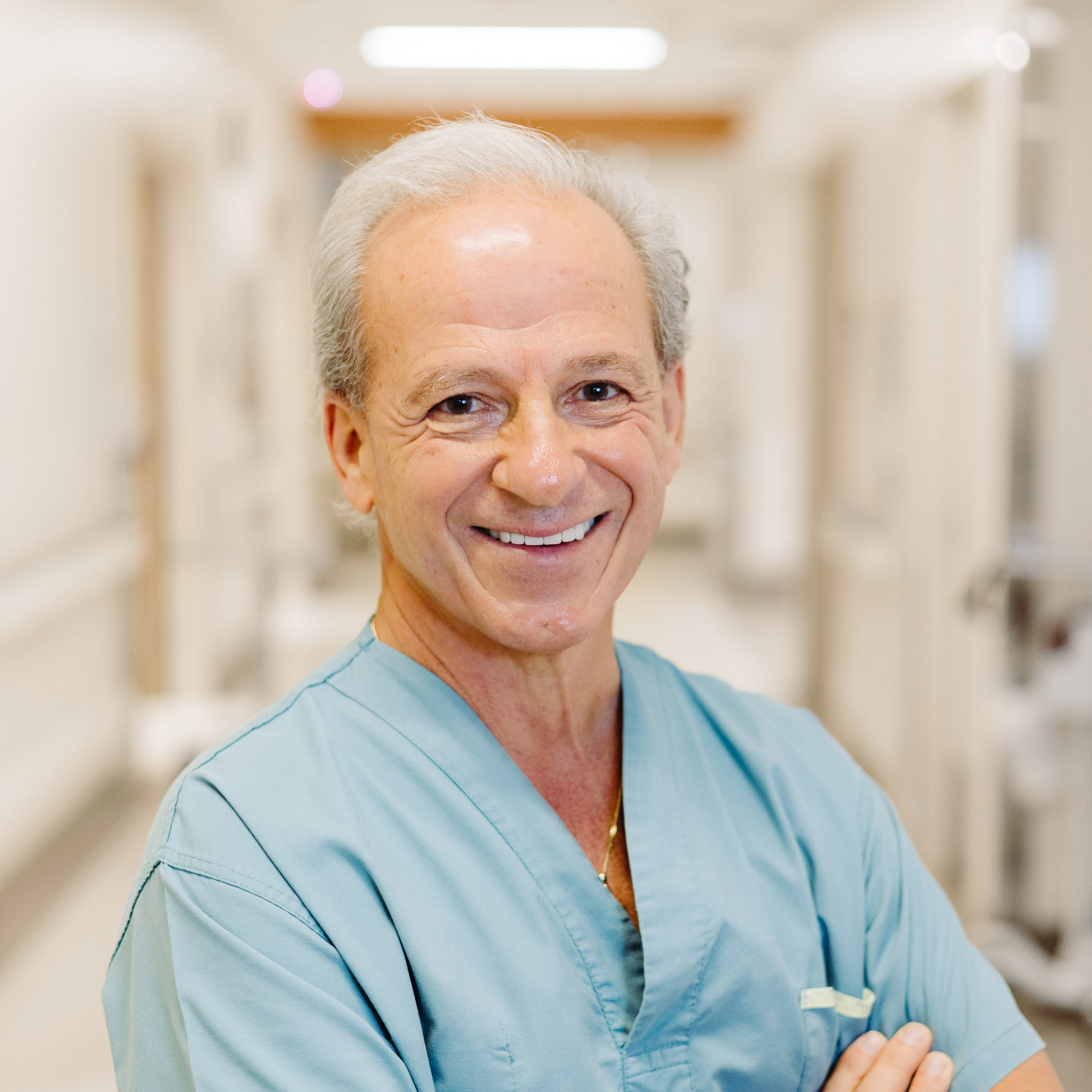
Dr. Chris Boulias
Physician Lead-Spasticity
Learn more about Neurological Rehabilitation at West Park.
Learn more about our Stroke Education Resources.
Read inspiring stories of stroke recovery at West Park:
What is a Stroke?
A stroke results from a shortage of blood flow to the brain caused by a clot (ischemic stroke) or a rupture of a blood vessel (hemorrhagic stroke). When either of these things happens, brain cells begin to die and brain damage occurs. The brain cells most affected by the stroke do not recover. Some brain cells surrounding the damaged area of the brain may recover.
Signs of a Stroke
If you think you are having a stroke, call 911 or your emergency number immediately. Signs of a stroke include:
- weakness on one side of your body
- numbness or tingling in your face, arm or leg
- difficulty balancing or walking
- trouble speaking or understanding what others say
- vision problems
- dizziness
The faster you receive medical help, the greater your chance of recovery.
Possible Complications Arising from a Stroke
- Visual Perceptual Disorders (Trouble making sense of visual information)
- Aphasia (Loss of ability to communicate)
- Dysphagia (Difficulty in ability to swallow)
- Upper Extremities (Limited arm and hand function)
- Lower Extremities (Negative impact on balance and use of legs)
- Spasticity
What is Spasticity?
Spasticity is a common and debilitating condition experienced by patients impacted by stroke, multiple sclerosis, cerebral palsy, spinal cord injury, acquired brain injury or other neurological conditions.
It may cause pain, especially if it pulls joints into abnormal positions or prevents normal movement of the joints. Spasticity may range from slight muscle stiffness to permanent shortening of the muscle. It commonly appears in the arms, legs or feet.
West Park is a national leader in the treatment of spasticity, helping people gain mobility and function, and lead full, independent lives. Our renowned Spasticity Management Clinic is also designated as a centre for training physicians to better diagnose and treat people with spasticity.
Learn more about West Park’s Spasticity Management Clinic.
Recovering from a Stroke
In the first three months after your stroke you will see the most recovery, but improvement may continue for 1-2 years following your stroke. Recovery happens in three ways:
- Natural healing – similar to how a wound heals into a scar and then resolves
- Making new connections in the brain – also called neuroplasticity, it is the foundation for most of your therapy and occurs when you repeat activities to help your brain form new pathways.
- Compensating – finding new ways of doing things like using a walker to get around or a smart phone to remind you of appointments.
Recovery in a rehabilitation hospital will help you improve and enhance your physical, emotional, cognitive, and communication skills and well-being. Rehabilitation can help you reach a level of independence and return to living in the community independently or with support.
Learn more about stroke and stroke recovery.
Preventing Another Stroke
Here are some things that you can do to help prevent another stroke:
- Check your blood pressure regularly, it should be less than 130/80mmHg;
- Monitor your blood sugar levels, ideally they should be between 4-8
- Maintain a healthy weight and be physically active
- Decrease stress in your life
- Visit your doctor regularly
- Limit your alcohol consumption
- Get back to your regular activities
Research shows that you can reduce your risk of a second stroke by:
- Eating fruits and vegetables with meals and snacks;
- Eating nuts, seeds, lentils and beans every day or at least a few times each week;
- Choosing low fat milk products;
- Reducing your salt intake to less than 1 teaspoon per day (2300 mg).
It is extremely important for you to take the medications that the doctor recommended when you were in the hospital after your stroke. Even if you feel well, do not stop taking your medication.
Learn more about stroke prevention.
Additional Resources:
Signs and symptoms of stroke – Canada.ca
Discharge planning in inpatient stroke rehabilitation
Intimate relationships and sexuality after a stroke or brain injury
